Scope tubes typically come in three main diameters: 1 inch (25.4mm), 30mm, and 34mm. Scope tube size plays a critical role in rifle scope performance, yet many shooters tend to overlook it during selection. Each has distinct characteristics that influence the scope’s durability, adjustment range, and suitability for various shooting scenarios, especially in long-range applications.
In this guide, we'll break down the pros and cons of each tube size and explain how to choose the right one for your specific shooting needs.
What Is Scope Tube Size?
The scope tube size refers to the diameter of the main body of the rifle scope—the section between the objective bell and the ocular bell.
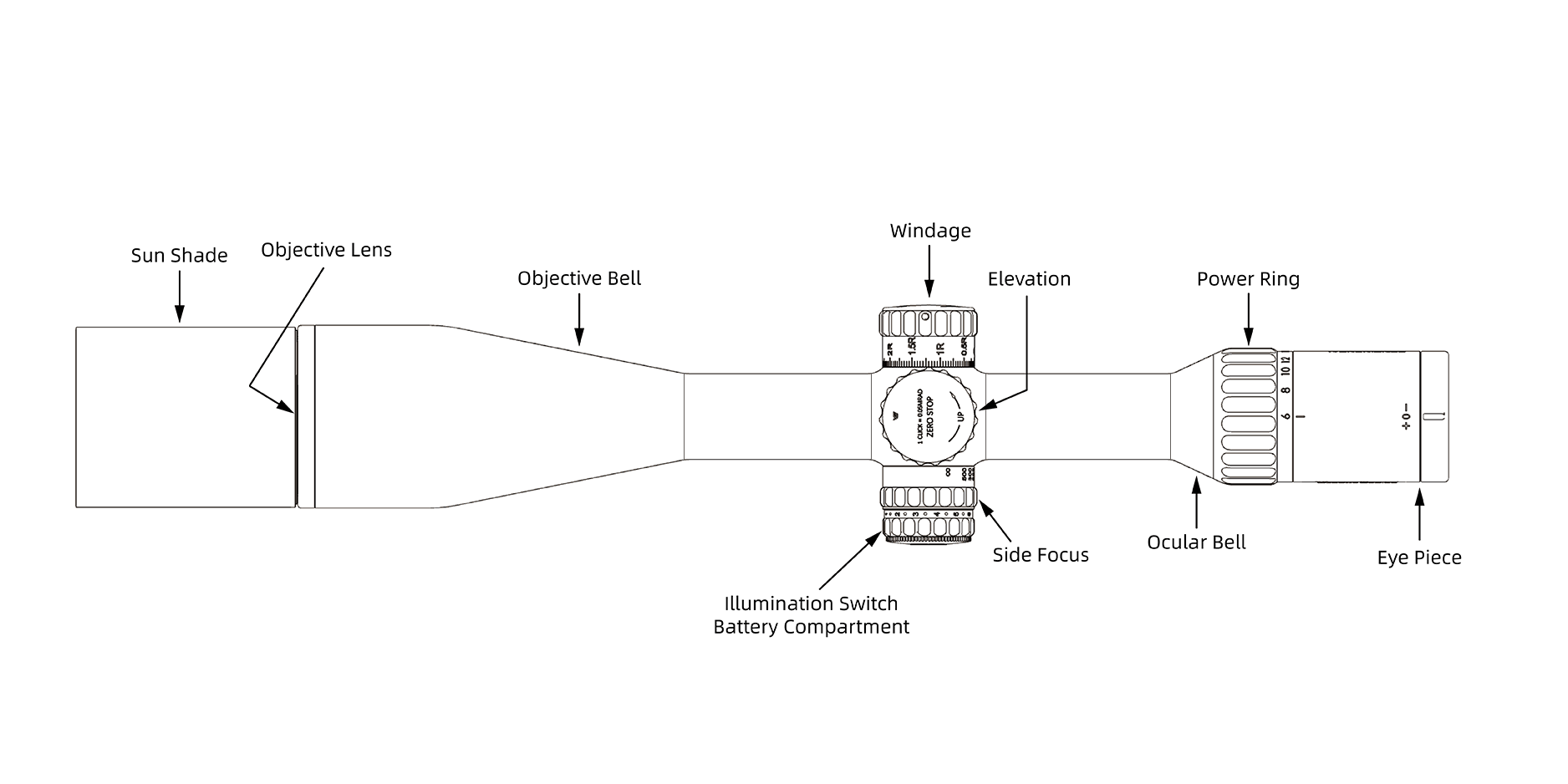 the position of scope tube
the position of scope tube
It is usually measured in millimeters or inches. While it may seem like a minor detail, the diameter affects several performance factors, including adjustment travel, scope weight, and mounting compatibility. Now, let’s dive into the pros and cons of different tube sizes to help you make an informed choice.
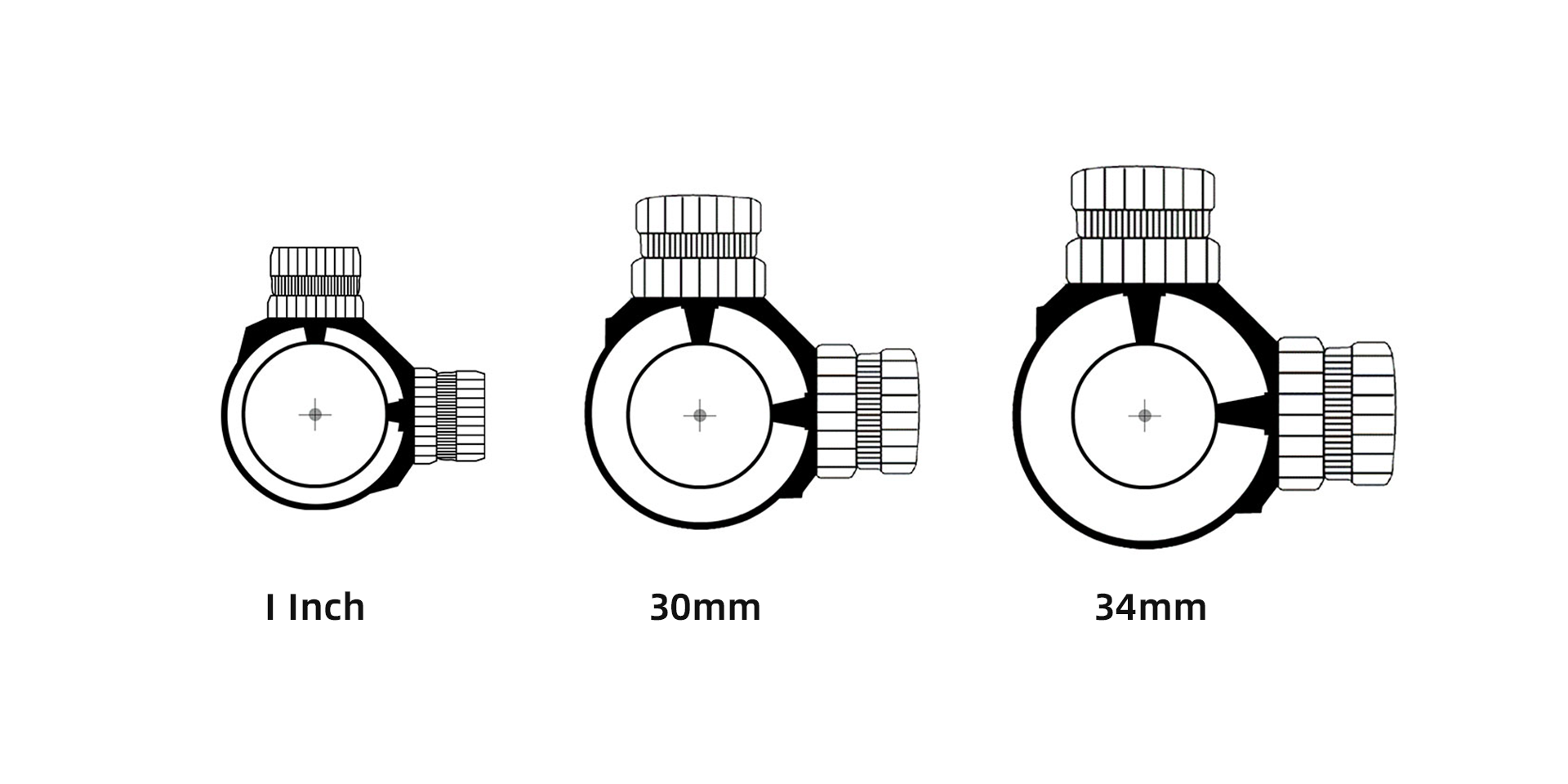
different size of scope tubes comparison
1-Inch (25.4mm) Scope Tubes
The 1-inch scope tube is a classic choice, especially popular among hunters and casual shooters. These scopes are lighter, more compact, and generally less expensive to produce, making them ideal for short- to mid-range shooting (typically within 300 yards).
Pros
· Lightweight and compact, ideal for hunting and mobile use
· Lower manufacturing cost means better affordability
· Wide range of mounting options available due to its popularity
Cons
· Limited adjustment range
· Less robust than thicker-tube scopes
Best Use Case
· Close to mid-range hunting
· Shooters prioritizing weight and simplicity over adjustment range
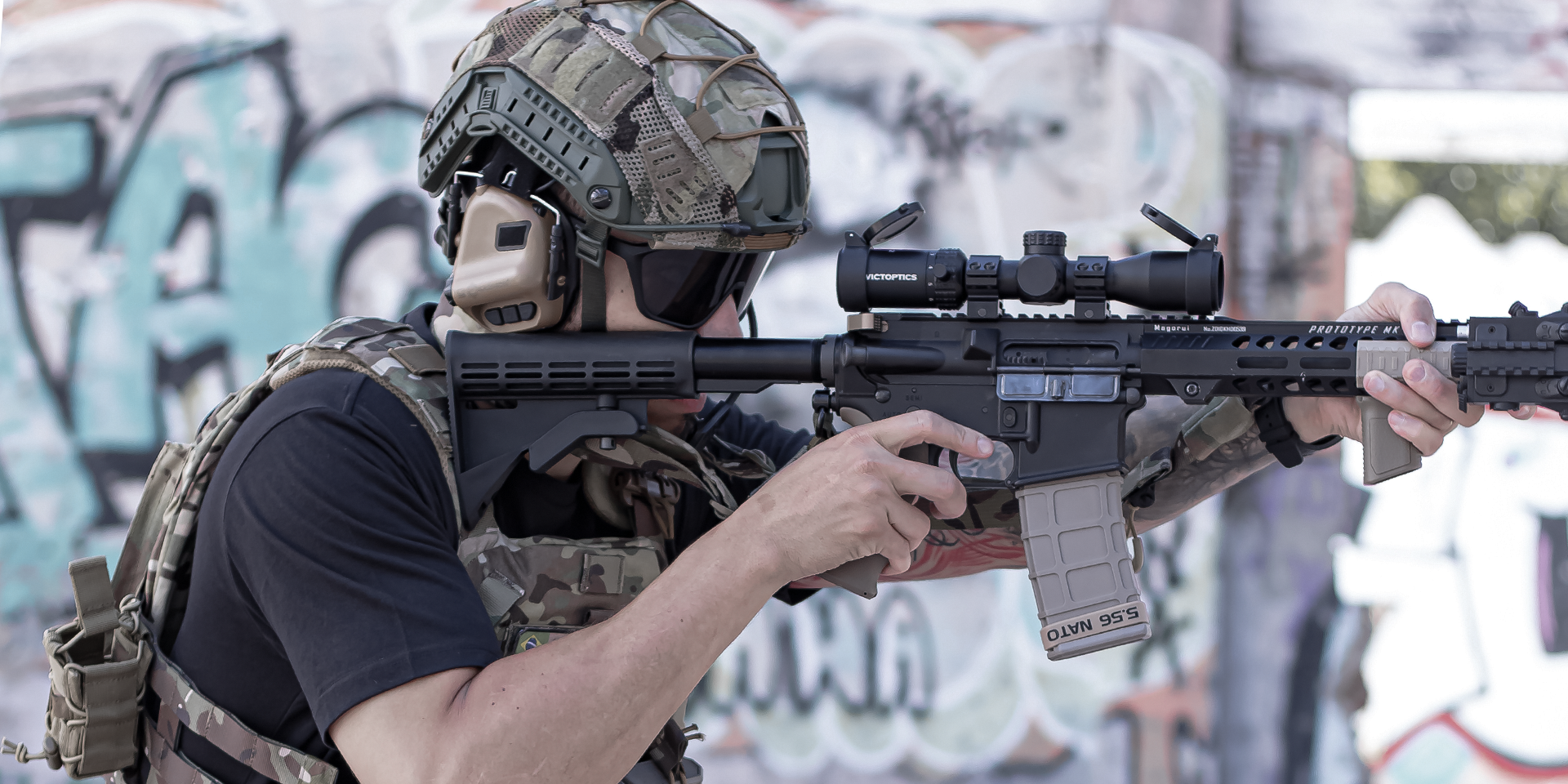
1-inch scope for close to mid-range scenario
30mm Scope Tubes
30mm tubes have become the new standard for many modern scopes. With a thicker tube construction and more interior space, they offer greater durability and expanded elevation/windage adjustment, making them suitable for longer-range precision shooting.
Pros
· Stronger, more durable main tube construction
· Better suited for long-range and precision shooting applications
Cons
· Heavier and bulkier than 1-inch scopes
· Slightly more expensive
Best Use Case
· Mid- to long-range shooting
· Shooters who require more turret adjustment without using special bases
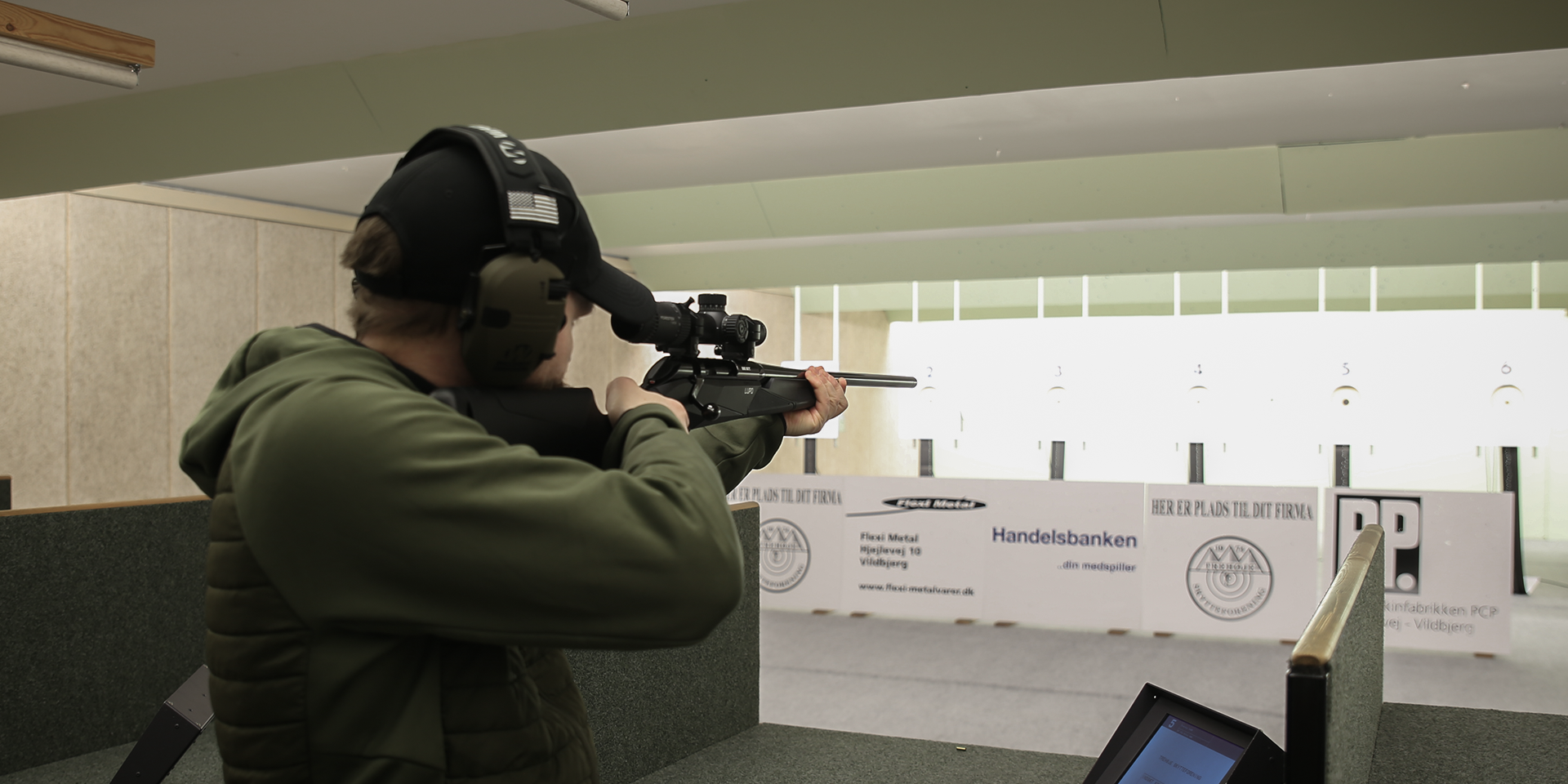
30mm scope for mid- to long-range scenario
34mm Scope Tubes
34mm tubes scopes are designed for serious long-range and competition shooters. The extra diameter allows for massive adjustment range, oversized turrets for finer control, and accommodation of larger internal lenses, enhancing both accuracy and flexibility in elevation compensation.
Pros
· Maximum adjustment range—ideal for extreme distances
· Superior durability with a thicker housing
· Greater internal space for advanced reticle and lens systems
Cons
· Heavier and bulkier—may affect balance on lightweight rifles
· More expensive, both in scope cost and mounting ring requirements
Best Use Case
· Extreme long-range shooting
· Precision rifle competitions (PRS)
· Shooters who want maximum optical performance and mechanical adjustability
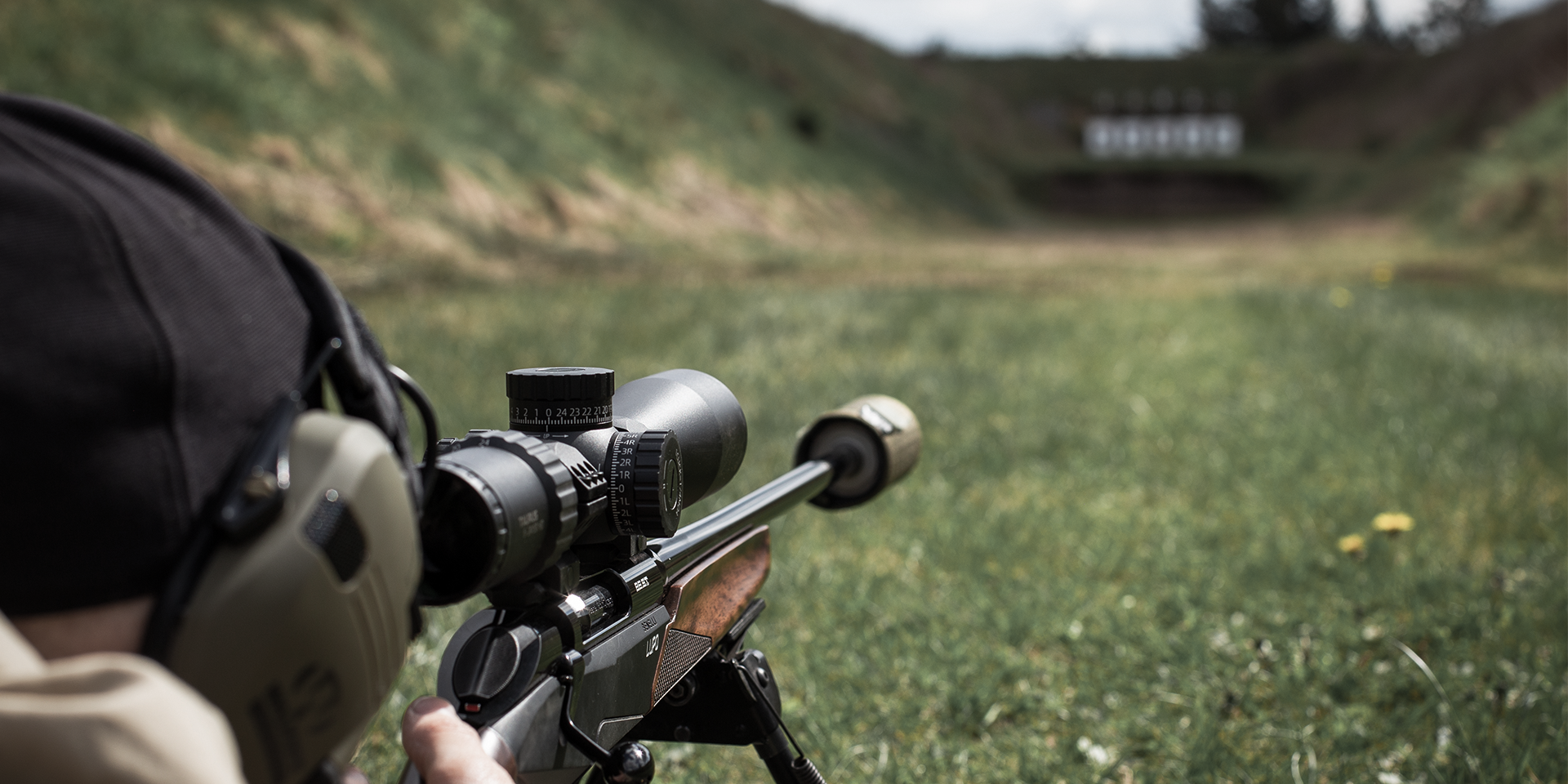
34mm scope for extreme long-range scenario
Common Misconception: Does a Bigger Tube Mean More Light Transmission?
It is a common belief that bigger tubes always allow more light to pass through. The answer is: not necessarily. A larger tube provides more space for internal components, which can support more refined optical structures. However, this doesn’t mean it directly improves light transmission. The true determinants of light transmission are:
· The quality of the optical glass
· The lens coatings
· The size of the objective lens
· The overall optical system design
So, tube size should not be your deciding factor for image brightness.
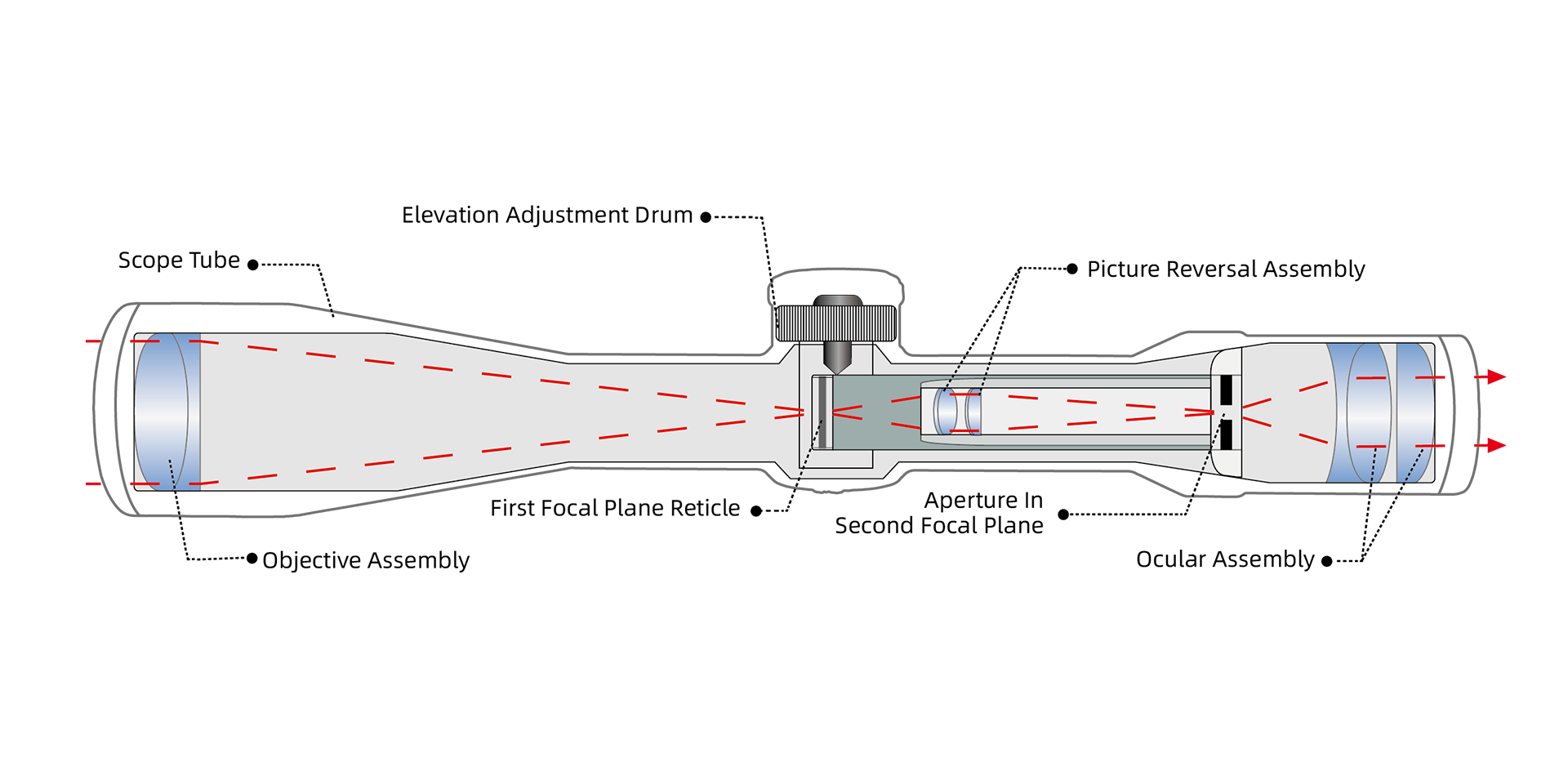
the internal structure of a scope
Choosing the Right Scope Tube Size: Key Considerations
Shooting distance: When shooting distances rarely exceed 300 yards, a 1-inch tube is generally sufficient. For distances beyond 300 yards, 30mm or 34mm tubes are more suitable.
Weight considerations: Hunters who cover long distances on foot typically prefer lighter 1-inch scopes to reduce carrying weight.
Adjustment range: Long-range shooters who depend on elevation turret adjustments benefit from the greater adjustment travel provided by 30mm or 34mm tubes.
Budget and compatibility: 1-inch scopes tend to be more affordable and compatible with a wider range of standard scope rings, whereas 34mm scopes often require specialized—and typically more expensive—mounts.
So, bigger is not always better, nor is smaller always best. It’s about finding the scope size that best fits your shooting needs. For more insights, see RIFLESCOPES: IS BIGGER ALWAYS BETTER? by Craig Boddington, a hunting expert with over 40 years of global experience.
Making the Most of Your Scope Tube Size
The scope tube size is an essential specification that can impact your shooting experience, especially in terms of adjustment range, weight, and overall precision. While a 1-inch tube may suit most hunters and recreational shooters, 30mm and 34mm scopes offer the enhanced features needed for long-range accuracy and competitive performance.
Before you choose, consider your shooting environment, rifle setup, and performance expectations. Remember, tube size is just one factor—the scope’s optical quality, reticle type, turret feel, and other features should all be part of your decision-making process.
Send Your Inquiry Today
